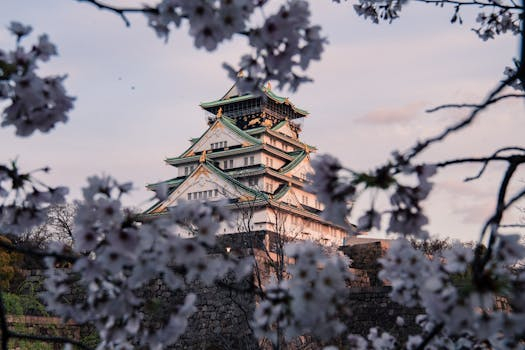Cultural museums off the tourist radar
In the bustling cities and popular destinations, cultural museums that showcase a nation’s heritage and traditions are often overflowing with tourists. And while these popular museums are definitely worth a visit, there is something special about discovering the lesser-known cultural museums off the tourist radar.
Exploring the Hidden Gems
These cultural museums are often tucked away in quaint neighborhoods, far from the crowds and the tourist traps. They offer a unique perspective on the country’s history, culture, and traditions, and provide a more intimate and authentic experience. Visiting these museums not only supports the preservation of cultural heritage but also allows travelers to gain a deeper understanding of the local way of life.
Uncovering Local Treasures
Unlike the popular museums that often feature well-known artifacts, the cultural museums off the tourist radar showcase lesser-known treasures that are often overlooked. These hidden gems offer a glimpse into the lives of the people who have lived in the region for generations, sharing stories and traditions that are passed down through the ages.
For example, the Museum of Folk Architecture in Lviv, Ukraine, may not be as well-known as the Louvre in Paris, but it offers a fascinating look at the traditional wooden architecture of the Carpathian region. Visitors can wander through authentic buildings, including homes, churches, and windmills, and learn about the cultural and historical significance of these structures.
Preserving Cultural Heritage
While the popular museums are often crowded with visitors, these smaller, lesser-known museums struggle to stay afloat. Visiting these cultural museums and supporting them through ticket sales and donations not only helps to preserve the artifacts and traditions on display, but also supports the local communities that rely on tourism.
Connecting with the Local Community
One of the greatest joys of visiting the cultural museums off the tourist radar is the opportunity to interact with the local community. Unlike the large, tourist-filled museums, visitors can have meaningful conversations with the museum staff and learn about the cultural significance and stories behind the exhibits.
Take, for example, the War Remnants Museum in Ho Chi Minh City, Vietnam. While the city has many popular tourist attractions, this somber but powerful museum often goes unnoticed by many visitors. By visiting this museum, travelers can learn about the impact of the Vietnam War from the perspective of the Vietnamese people and engage in conversations with the staff who have personal connections to the war.
Discovering the Hidden Side of a Destination
Most cultural museums off the tourist radar are located in smaller, lesser-known cities and towns, allowing travelers to discover the hidden side of a destination. These places often offer a more authentic glimpse into the local way of life, away from the crowds and commercialization of popular tourist spots.
A Respite from the Crowds
Popular tourist destinations are often crowded with visitors, making it challenging to fully immerse oneself in the local culture and traditions. On the other hand, cultural museums off the tourist radar offer a peaceful respite from the crowds, allowing visitors to take their time, soak up the atmosphere, and learn about the country’s heritage and traditions without feeling rushed.
In conclusion, while popular cultural museums are definitely worth visiting, taking the time to discover the lesser-known museums off the tourist radar can lead to a deeper and more meaningful cultural experience. These hidden gems provide a unique insight into a destination’s history, culture, and people, and also support the preservation of cultural heritage and the local community. So, next time you’re traveling, make sure to step off the beaten path and explore the cultural museums that are hiding just out of reach from the typical tourist routes.










